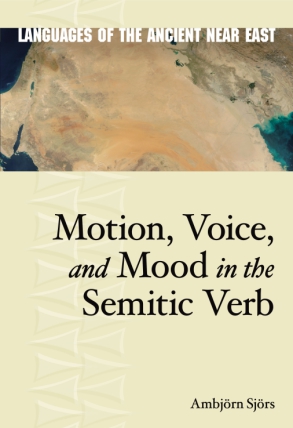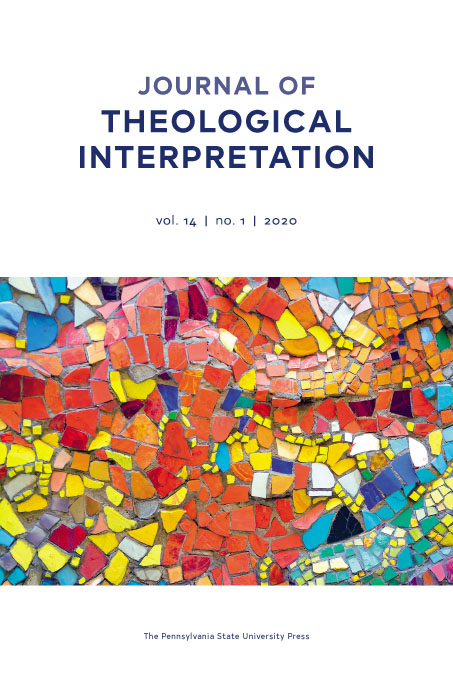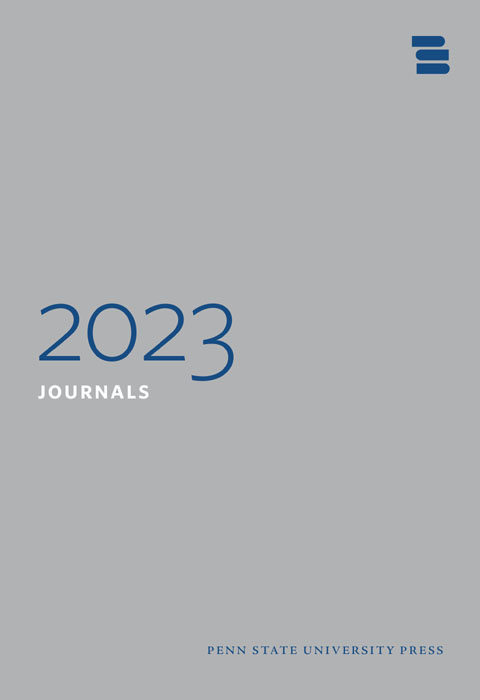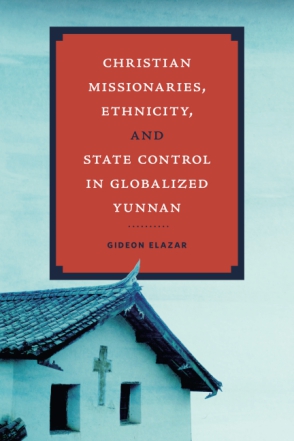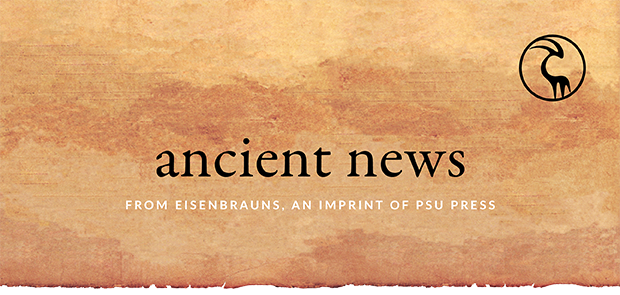
in this issue
general news
Welcome to the November issue of Ancient News!
We’re getting into the spirit early this year with our annual Holiday Book Sale! Everything on our website is on sale, and the more you buy, the more you save! Get $30% off $50, 40% off $100, and 50% on all orders of $150 or more! Fill your cart with good books, and use promo code EHO23 at checkout to receive the discount.
We’re hitting the road for conferences this month! Stop by our booth if you’re headed to Chicago for ASOR or if you’re attending the American Academy of Religion and Society of Biblical Literature meeting in San Antonio. Unable to attend in person? You can shop our virtual exhibit store from the comfort of your home!
Do you have a new book project you’d like to tell us about? We are welcoming proposals in two of our series: the newly launched Religions in the Ancient Mediterranean (RAM) series, and the Siphrut: Literature and Theology of the Hebrew Scriptures series. Stop by the Eisenbrauns booth (#923) at SBL for a special opportunity to discuss your work with the series editors and Acquisitions Editor Maria Metzler on Sunday, November 19:
- 11:30–12:30: Meet RAM series editors Debra Scoggins Ballentine, Jennifer Eyl, and Jennifer Singletary.
- 3:00–4:00: Meet the Siphrut editors! Stephen B. Chapman, Nathan MacDonald, and Lissa Wray Beal
The 2023 Eisenbrauns catalog is now available! Browse the catalog to learn about new and forthcoming books, journals, and more.
Finally, in this issue we are featuring a Q&A with Henning Ambjörn Sjörs, author of Motion, Voice, and Mood in the Semitic Verb. Read on for the full conversation.
Enjoy!
new books
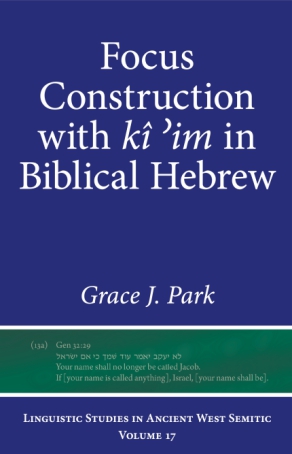
Focus Construction with kî ’im in Biblical Hebrew
Grace J. Park
This study uses modern linguistic theory to analyze a frequently recurring syntactic phenomenon in the Hebrew Bible that has thus far resisted explanation: כי אם.
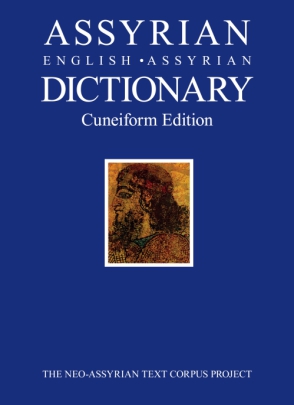
Assyrian-English-Assyrian Dictionary
Cuneiform Edition
Edited by Simo Parpola
This dictionary contains all the words attested in Assyrian texts from the Neo-Assyrian period. Most of the vocabulary comes from Neo-Assyrian and Standard Akkadian, with some Aramaic and Neo-Babylonian entries. The Assyrian-English-Assyrian Dictionary was the first English-Akkadian dictionary ever published, and the new cuneiform edition features words written in the cuneiform script of the Neo-Assyrian period.
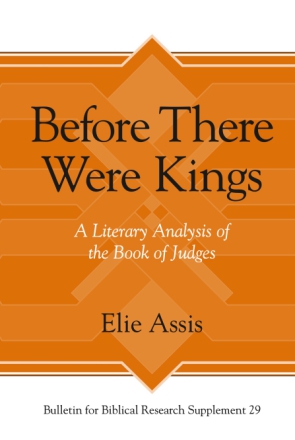
Before There Were Kings
A Literary Analysis of the Book of Judges
Elie Assis
“Assis utilizes a close reading of the book of Judges and interacts with the secondary literature while contributing to a reading of the text that explains how the parts produce the whole. Before There Were Kings makes an important contribution, not simply in the method of reading, but in the particular way in which Assis’s perspective contributes to an understanding of the book.”—K. Lawson Younger, Jr., Divinity School, Trinity International University
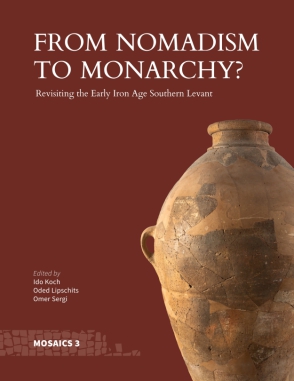
From Nomadism to Monarchy?
Revisiting the Early Iron Age Southern Levant
Edited by Ido Koch, Oded Lipschits, and Omer Sergi
Archaeological exploration in the Central Highlands of the Southern Levant conducted during the 1970s and 1980s dramatically transformed the scholarly understanding of the early Iron Age and led to the publication of From Nomadism to Monarchy: Archaeological and Historical Aspects of Early Israel, by Israel Finkelstein and Nadav Na’aman. This volume explores and reassesses the legacy of that foundational text.
author q&a
Henning Ambjörn Sjörs, author of Motion, Voice, and Mood in the Semitic Verb, joined us for a Q&A on his current research and the impact it will have on the field.
Can you tell us about your current research, and how you became interested in the topic?
I am currently a member of a research team at the University of Cambridge, England, that aims to produce a new grammar of Biblical Hebrew. The grammar has been commissioned by Oxford University Press, and the research project is led by Professor Geoffrey Khan. My responsibilities include writing original sections relating to Biblical Hebrew syntax, undertaking primary research on the topics when necessary, and collating different traditions of Biblical Hebrew, such as biblical manuscripts among the Dead Sea Scrolls from Qumran and medieval Masoretic manuscripts. As a member of the team, I am able to wholeheartedly focus on one of my great interests, Biblical Hebrew grammar.
How do you anticipate your research will help inspire other research in the field?
Whereas previous grammars of Biblical Hebrew have tended to focus on a single tradition of the language—the Tiberian Masoretic tradition—the upcoming reference grammar will include a diversity of traditions: Qumran and medieval manuscripts of the Hebrew Bible; transcriptions of Biblical Hebrew from antiquity to the Middle Ages in Greek and Latin; various oral reading traditions of Biblical Hebrew; and interpretative history as reflected in ancient Greek, Latin, and Aramaic translations. Thus, we hope to broaden the horizons of the field of Biblical Hebrew studies and Biblical Studies in general by calling attention to the relevance of the diverse collection of Hebrew traditions for linguistics, the history of interpretation, and the history of Judaism and Christianity themselves.
How has technology affected your research over time?
Since the project in Cambridge aims to document diversity in interpretation among the ancient versions of the Hebrew Bible, I use Bible study programs on a daily basis to study not just the Hebrew text, but the Septuagint, Vulgate, Peshitta, and Targums. In my previous research, I have also used computerized corpora of other languages, such as Arabic poetry and Old Assyrian. Being able to search large-scale text corpora, even when not morphologically or syntactically tagged, seriously facilitates linguistic inquiries.
upcoming exhibits & events
Chicago, IL
11/15–18
San Antonio, TX
11/18–21
new from psu press

Out of Bounds
Exploring the Limits of Medieval Art
Edited by Pamela A. Patton and Maria Alessia Rossi
| Control your subscription options |
